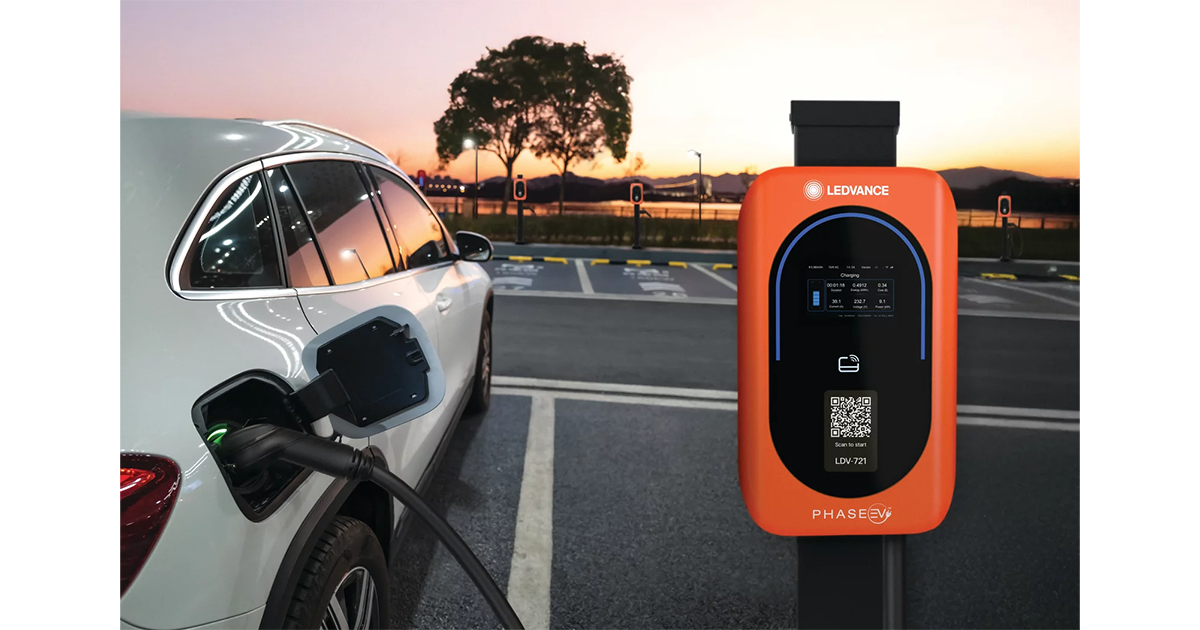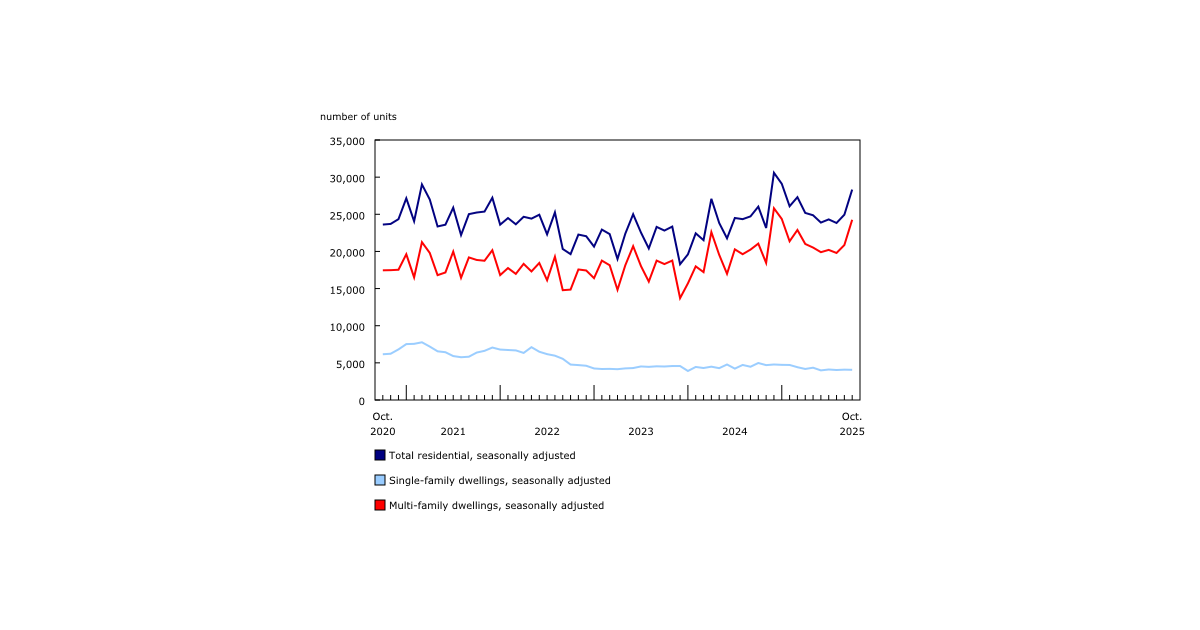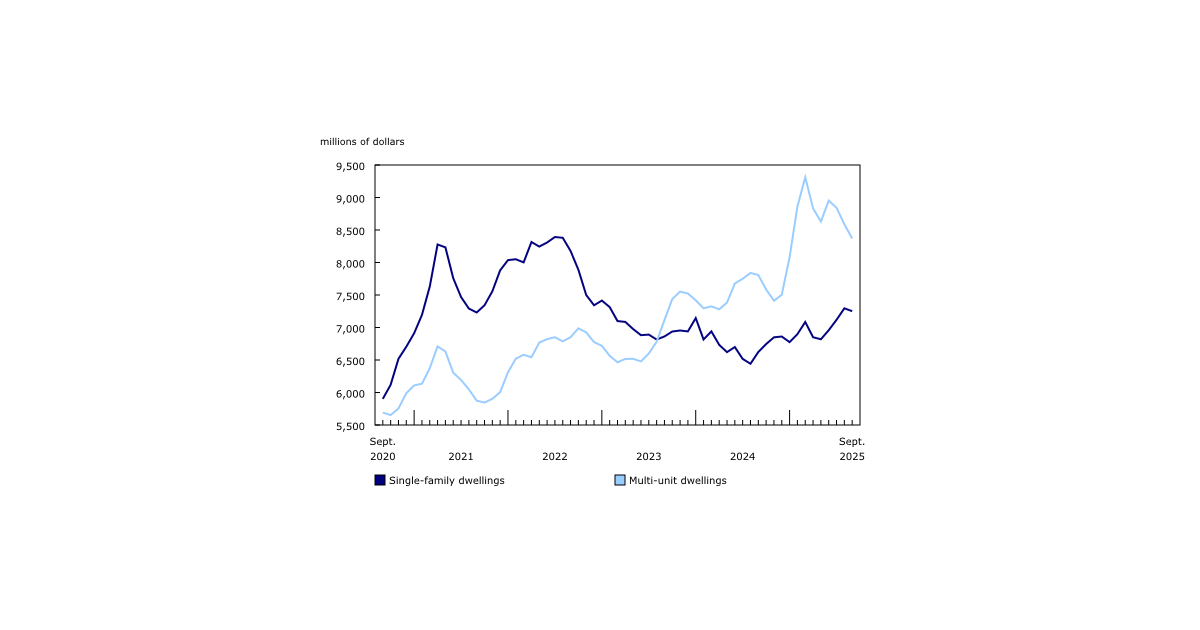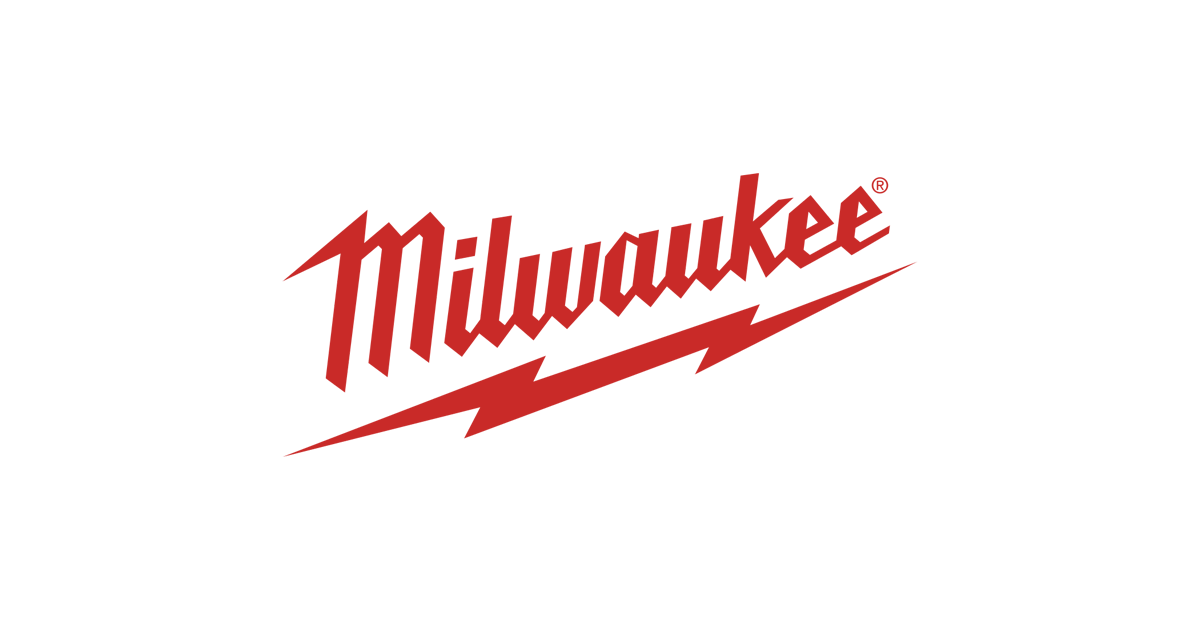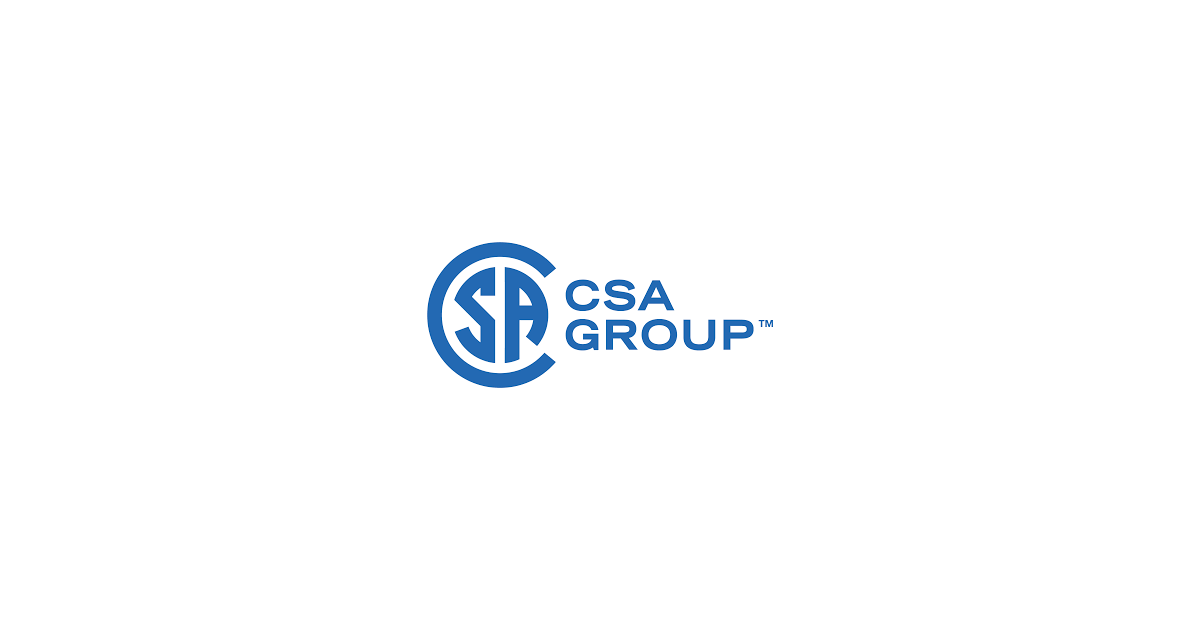Guide to the Canadian Electrical Code, Part 1 – A Road Map: Section 40

August 5, 2021
By William (Bill) Burr
Section 40 — Electric Cranes and Hoists
The Code is a comprehensive document. Sometimes it can seem quite daunting to quickly find the information you need. This series of articles provides a guide to help users find their way through this critical document. This is not intended to replace the notes in Appendix B or the explanations of individual requirements contained in the CEC Handbook, but will hopefully provide some help in navigating the Code. These notes are based on the 25th edition.
40-000 Scope – This is a supplementary or amendatory section of the code and applies to the installation of electrical equipment and circuits for electric cranes, hoists,
and monorails. The CEC Handbook provides additional notes and diagrams to better explain this section.
40-002 Supply conductor sizes – Because of the short duty of crane and hoist motors, insulated supply conductors are selected from Table 58, which specifically applies to Crane and Hoist installations.
40-004 Conductor protection – Insulated supply conductors for the main contactors of cranes and hoists must be in raceway, armoured cable, or Mineral Insulated, Aluminum-sheathed or Copper-sheathed cable. There is an exception to this where a conducting track of conducting rails is used as per Rule 40-018. Where insulated conductors supply the crane or hoist equipment directly and where a flexible connection is necessary, flexible type cord or festoon cable is permitted provided there is a take-up device provided to prevent damage and contact with the floor.
40-006 Overcurrent protection – For main contact insulated supply conductors or directly supplied equipment, the overcurrent protection must be selected as per Rule 28-200 and Tables 29 and D16 for the motor load, plus any allowance as per Rule 14-104 where conductors have been selected with capacity for the other loads on the crane or hoist.
40-008 Disconnecting means – All ungrounded conductors of the main contact conductors must be capable of being simultaneously disconnected quickly for safety in an emergency and for maintenance. The disconnect must be within sight of the main contact conductors or the equipment. In addition, the disconnect must be accessible and be operable from the ground or floor over which the crane or hoist operates.
40-010 Main contact conductors – This rule requires that where there are bare main contact conductors, they must have an ampacity not less than the conductors supplying them and, if wire conductors, shall be not smaller than No. 4 AWG copper, or No. 2AWG aluminum. If the conductors are more than 18 m long, then the minimum size must be No. 2 AWG copper or No. 1/0 AWG aluminum unless intermediate strain relief is provided by clamp type insulating supports. Bare conductors may be hard drawn copper, aluminum wire, or steel or other suitable metal in the form of angles, tees, T-rails, or other rigid shapes.
40-012 Spacing of main contact conductors – Because bare main contact conductors depend on free air space to provide insulation between phases and to ground, this rule outlines the minimum support separation required of main contact conductors installed in a horizontal plane of 75mm for monorail hoists and 155 mm for other than monorail hoists. If installed in other than a horizontal plane, the separation of the main contact conductor supports must be 200mm. They should also be supported so that the extreme limit of displacement maintains a separation of 38mm from any surface. Where the bare main contact conductors are rigid, the supports must provide a minimum separation of 25mm between conductors, collectors, and any surface.
40-014 Supporting of main contact conductors – In addition to the spacing required in Rule 40-012, the main contact conductors must be stretched between strain insulators at each end and supported throughout the length at 6m intervals. If building conditions preclude supporting at 6m intervals, it may be increased to a maximum of 12m intervals providing the separation between contact conductors is increased by the same proportion. In the case of rigid main contact conductors, insulated supports must be spaced at intervals of up to 80 times the vertical height of the conductor but not more than 4.5m. Refer to the CEC Handbook for diagrams illustrating support spacing and calculation notes.
40-016 Joints in rigid contact conductors – This rule outlines the importance of ensuring that any joints made in rigid main contact conductors must maintain the same ampacity of the conductors over the joint to eliminate any overheating.
40-018 Use of track as a conductor – This rule permits a single monorail, tramrail or crane runway track to be used as one of the main contact conductors or supply circuit conductors for one phase of a 3-phase circuit, providing it is derived from a single isolating transformer, does not exceed 300 v, is bonded to ground (see Rule 10-1100 to 10-1108), and any joints meet Rule 40-016.
40-020 Guarding of contact conductors – Requires that all contact conductors be guarded against inadvertent contact with bare current-carrying parts unless incorporated in an enclosed contact assembly. In addition, as long as a minimum clearance of 6 m between bare contact conductors and grade, floor, or any working surface (including a catwalk) is maintained, guarding of bare contact conductors may not be required.
40-022 Contact conductors not to supply other equipment – This rule prohibits the contact conductors supplying the crane, hoist or monorail feeding other equipment not essential to the operation of the crane, hoist or monorail.
40-024 Bonding – As per Rule 10-406 all exposed non-current carrying parts shall be bonded to ground. In addition, in the case of a track or rail used as a conductor, it shall be bonded in accordance with Rule 40-018. Note that metal wheels on metal rails may provide a low impedance grounding path. A flexible supply connection as per Rule 40-004(2) must contain a bonding conductor.
In the next installment, we will be discussing Section 42 — Electric Welders.
[1] Source: CSA C22.1:21, Canadian Electrical Code, Part 1 – Safety Standard for Electrical Installations. © 2021 Canadian Standards Association. Please visit store.csagroup.org. With the permission of CSA Group, material is reproduced from CSA Group standard CSA C22.1:21, Canadian Electrical Code, Part 1 – Safety Standard for Electrical Installations. This material is not the complete and official position of CSA Group on the referenced subject, which is represented solely by the Standard in its entirety. While use of the material has been authorized, CSA Group is not responsible for the manner in which the data are presented, nor for any representations and interpretations. No further reproduction is permitted. For more information or to purchase standard(s) from CSA Group, please visit store.csagroup.org or call 1-800-463-6727.
[1] William (Bill) Burr is an associate member of the Canadian Electrical Code, Part 1, Technical Committee and formerly Chair of the Canadian Advisory Council on Electrical Safety (CACES), Chief Electrical and Elevator Inspector for the Province of BC & the Northwest Territories, Director of Electrical and Gas Standards Development and Director of Conformity Assessment at CSA Group. Bill can be reached at Burr and Associates Consulting billburr@gmail.com.










